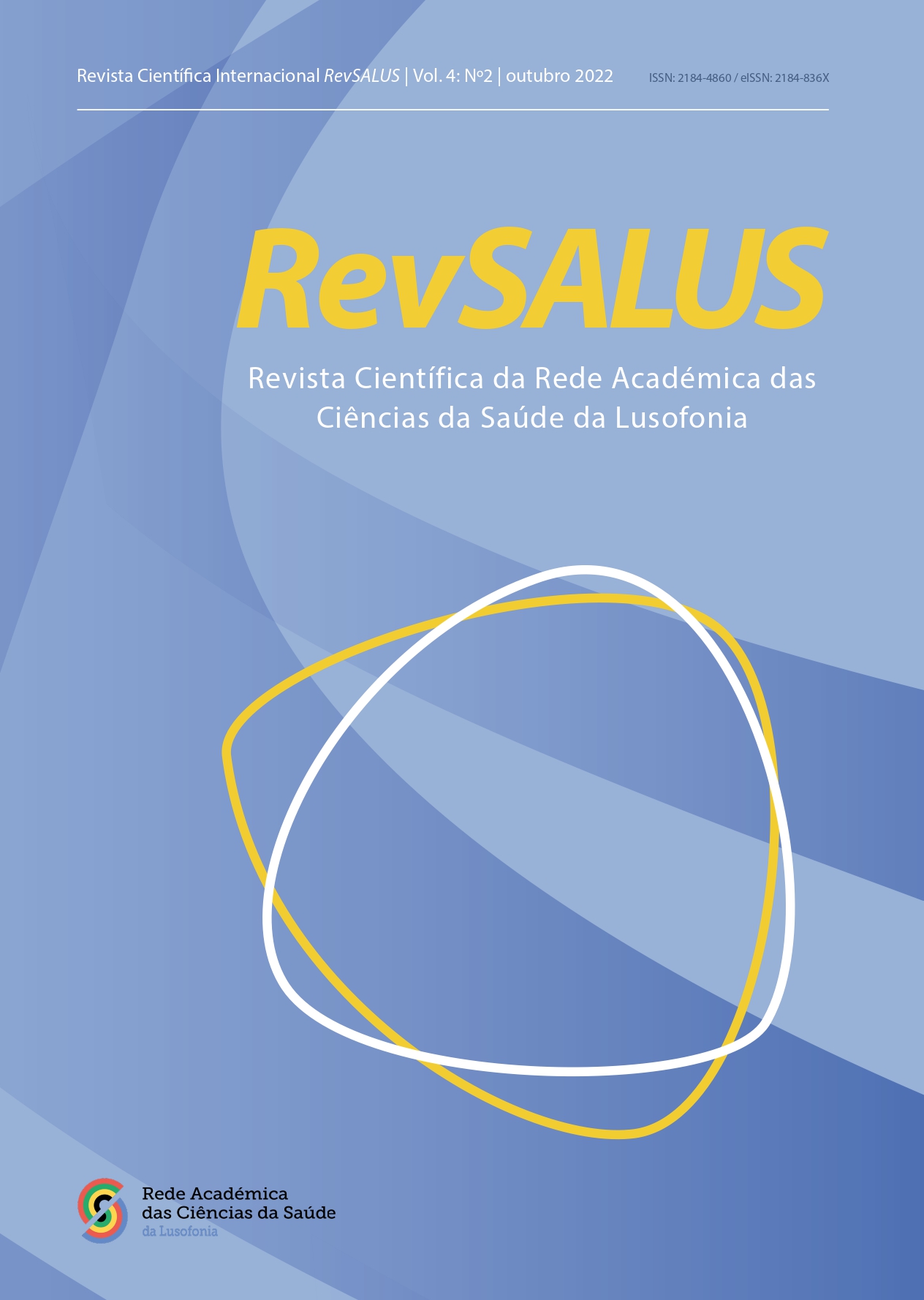Crouzon Syndrome in a patient from Angola: a case study
DOI:
https://doi.org/10.51126/revsalus.v4i2.208Keywords:
Crouzon syndrome, craniosynostosis, craniofacial dysostosis, AngolaAbstract
Introduction: Crouzon syndrome is an autosomal dominant disease characterized by craniosynostosis causing secondary alterations of the facial bones and other facial structures. This article aims to report a case of Crouzon syndrome seen at the Benguela General Hospital. Case: The patient was a female infant, one month and 14 days old, of Angolan nationality, from Benguela province, Kalomanga commune, born from a eutocic delivery at 9 months of gestational age. At the physical and dysmorphological exam, bulging of the frontal region, macrocranium, palpable coronal suture, craniosynostosis, exophthalmos, proptosis, divergent strabismus, hypertelorism, parrot nose, carpal mouth, macroglossia, ogival and cleft palate in the posterior region, short neck, excavated chest, and globous abdomen, among other manifestations, were observed. Conclusion: Early diagnosis of Crouzon syndrome allows for adequate genetic counselling and individual and family clinical follow-up. This case of a rare genetic disease shows that in Angola, in addition to the epidemiological pattern characteristic of infectious diseases, diseases of genetic nature are also represented.
Downloads
Downloads
Published
Conference Proceedings Volume
Section
License
Copyright (c) 2022 RevSALUS - International Scientific Journal of the Academic Network of Health Sciences of Lusophone

This work is licensed under a Creative Commons Attribution 4.0 International License.
You are free to:
Share — copy and redistribute the material in any medium or format;
Adapt — remix, transform, and build upon the material for any purpose, even commercially.









